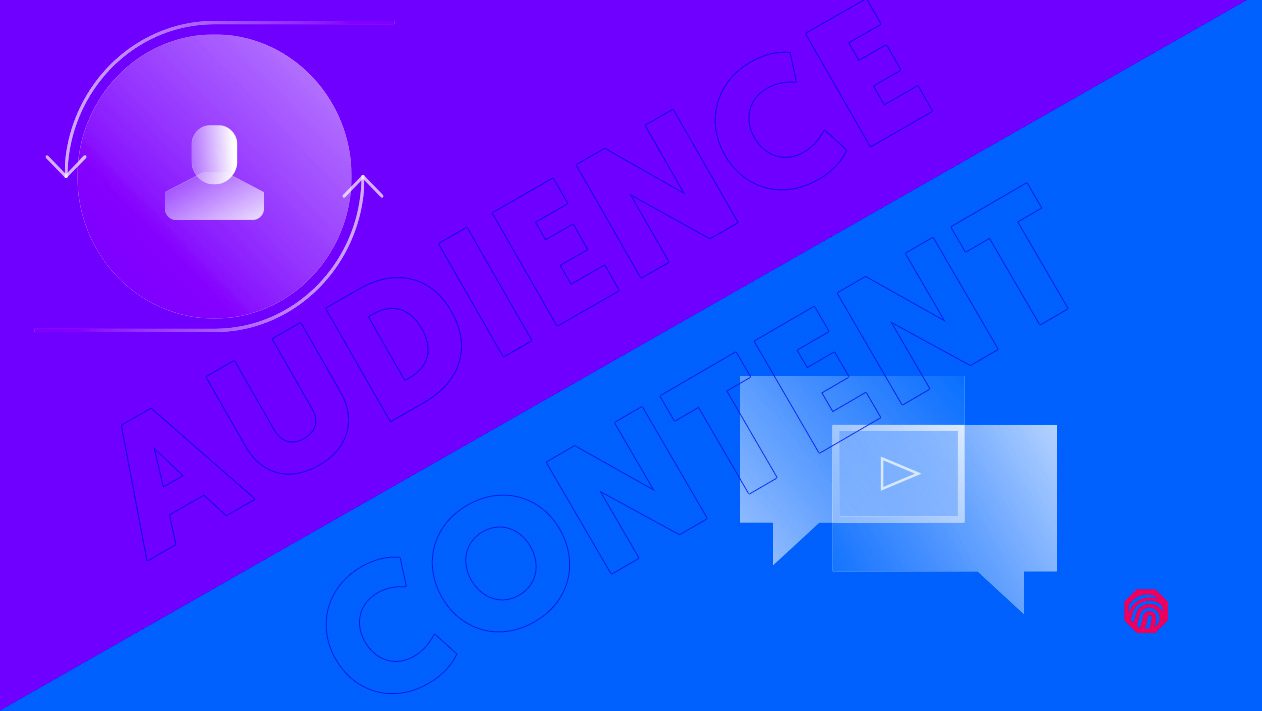Sometimes your marketing strategy falls short of its intended goals, even if you’ve done the appropriate research and created excellent content for your audience. Sometimes, your organic traffic, social media engagement numbers, and search rankings just aren’t enough to drive the results you need.
It may be time to broadcast your brand message to a wider audience.
Content amplification and content syndication can help your brand make the most of your content investment and start seeing the ROI you want. By making the most out of your existing content and amplifying it across multiple channels and audiences, you’re sure to see greater brand reach and conversions. While the two marketing tools sound similar, they follow different strategies, and one or both might work for your situation. We break down the differences between content amplification and content syndication below.
What is Content Amplification?

Content amplification helps you get your content in front of a broader audience in order to increase clicks and sales. Content amplification boosts your content marketing ROI so that you can continue to create great content and see results.

Content amplification is not a single tactic or a quick fix to a marketing problem. Nor is it an alternative to creating good content. Instead, content amplification takes the content you’re already producing and distributes it to new or broader audiences to increase its feach. It may use organic or paid methods.
One example would be paying to boost an existing Facebook post on your brand’s Page so that it is seen by an audience who meet the criteria you set, beyond your Followers. Another example is when a dealer in your retailer network reshares your post, without editing it, in their feed so that a portion of their Followers sees it.
Content amplification can improve your ROI by widening the reach of content you already create.
What is Content Syndication?

While content amplification focuses on getting existing content in front of more people, content syndication tweaks existing content so that it can be reused and repurposed for various audiences. Then, this repurposed content is shared across different channels to reach those audiences.
Think of content amplification as a way to increase your brand’s reach by focusing on the audience. Content syndication, in comparison, increases your brand reach by adjusting the content.
Here’s how content syndication may work for a furniture brand, for example. The brand’s marketing team notices that certain Instagram Stories and Instagram Lives attract a larger than normal audience. The engagement numbers for this content are often higher than average. These stories sometimes include step-by-step tutorials, Q&As, or fun behind-the-scenes videos. The team takes the most engaging content in Instagram Stories and Instagram Lives and repurposes it into other forms of content: free articles for their resource library on their website, downloadable guides, an FAQ, multiple social media posts, and longform whitepapers.
The content syndication process saves time creating brand new content for every channel, instead customizing existing content that has already proven to attract and interest audiences.
Why Your Brand Needs Both
Which is a better tool for your brand, content amplification or content syndication? Some marketing experts may advise you to choose only one, but we at ThumbStopper know that a combination of both tools is the best way to reach your audience.
A strategy that incorporates both content amplification and content syndication maximizes your ROI. Content amplification involves identifying and appealing to your audience, converting Fans and Followers to loyal customers. You need a strategy that includes content amplification so that you understand your customer’s journey, needs, and habits.

The customer data you glean from content amplification research will benefit the content syndication side of your strategy, too. You may repurpose one blog post into six different social media posts, but if you don’t know when to post, what to include in your social media captions, or which social media platform is the most popular among your audience, your content will fall flat.
How ThumbStopper Combines Both Tools

What if you could amplify your branded content even further by partnering with retailers that carry your products in their local markets? A partnership between brand and retailer saves both parties time creating and distributing content. However, if you’re unsure how to start a beneficial partnership with your retailers, this strategy may never get off the ground.

That’s where ThumbStopper comes in. ThumbStopper boosts brand reach by acting as the conduit between your brand’s content and your retailers’ networks. With ThumbStopper, you can distribute your content to local customers in various markets, wherever your retailers are. It automatically makes adjustments like posting at the time when the most Followers are active online. Once your retailers have signed up, you don’t need to do anything else to amplify your content.
Learn more about what ThumbStopper can do for your brand here.




